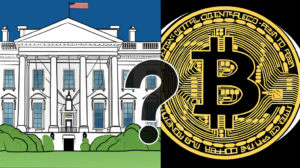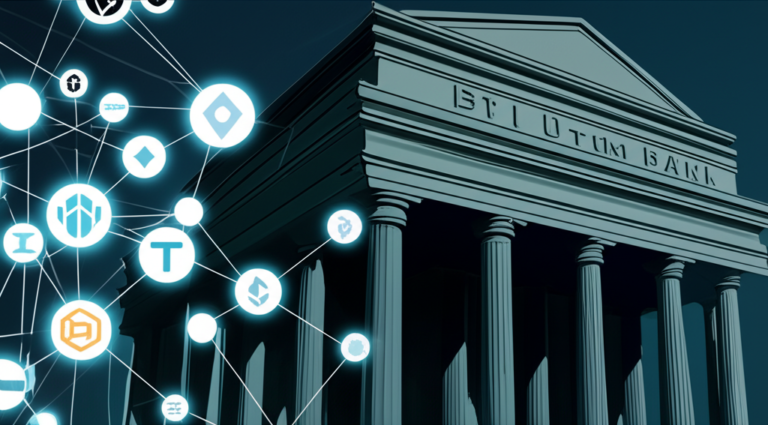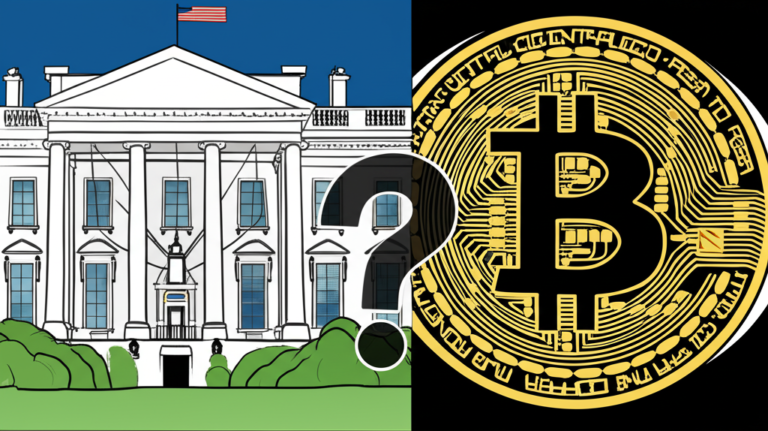Tether’s USDT Surges Past $160 Billion: Reinforcing its Dominance as the “Digital Dollar”?
The cryptocurrency market continues to evolve at a rapid pace, and one of the most significant developments recently is the surge in Tether’s USDt stablecoin market capitalization. Breaking the $160 billion barrier, USDt’s dominance is prompting discussions about its role as a de facto “digital dollar” and the implications for the broader crypto landscape. This milestone raises important questions about market stability, regulatory scrutiny, and the future of stablecoins.
The $160 Billion Milestone: A Symbol of Growth or Risk?
Tether’s CEO, Paolo Ardoino, recently celebrated the USDt market cap exceeding $160 billion, emphasizing its position as a preferred digital currency alternative. This impressive figure reflects substantial growth, driven by increased adoption in emerging markets and growing institutional interest, according to various reports including Cointelegraph. However, this rapid expansion also brings scrutiny, as the asset’s inherent risk profile, largely associated with its backing mechanism, remains a subject of debate.
Analyzing Tether’s Market Share
While the exact breakdown of USDt’s distribution across different blockchains is constantly fluctuating, Tron (TRX) is consistently reported as having a leading share of the USDt supply. This highlights the importance of interoperability and the strategic partnerships Tether is forging across various blockchain ecosystems to expand its reach. Other chains, like Ethereum, maintain significant USDt volume, though the precise market shares are dynamic and depend on real-time network activity and trading volume data.
Implications for the Crypto Market and Regulation
The unprecedented scale of USDt’s market capitalization raises crucial questions about its long-term sustainability and the regulatory environment surrounding stablecoins. As the asset continues to grow, it could potentially influence cryptocurrency price stability and volatility, acting as a significant anchor in the otherwise turbulent market. However, regulatory bodies globally are increasingly scrutinizing stablecoins, specifically focusing on the transparency and backing of these digital assets.

The Debate on Regulatory Oversight
The lack of consistent, universal regulation for stablecoins presents both opportunities and challenges. While Tether maintains it holds reserves to back each USDt token, the details of these reserves have been a source of contention and ongoing investigation by regulatory authorities in various jurisdictions. Greater regulatory clarity could enhance trust and foster wider adoption of stablecoins, but equally, excessive intervention could stifle innovation.
The Future of USDt and the “Digital Dollar”
Whether USDt truly solidifies its position as the “digital dollar” remains a subject of ongoing discussion. While its market cap is undeniably impressive, the regulatory landscape and underlying risks continue to pose uncertainties. The future likely hinges on further transparency from Tether regarding its reserves, the evolution of regulatory frameworks globally, and the competitive landscape of emerging stablecoin solutions.
Summary:
- Tether’s USDt stablecoin market cap surpassed $160 billion.
- This growth is largely attributed to increasing adoption in emerging markets and institutional interest.
- Tron (TRX) is reported as having a leading share of the USDt supply, showing the importance of blockchain interoperability.
- The milestone raises crucial questions about regulatory oversight and the long-term sustainability of USDt.
- The “digital dollar” concept remains under discussion, with transparency and regulatory developments crucial to its future.










